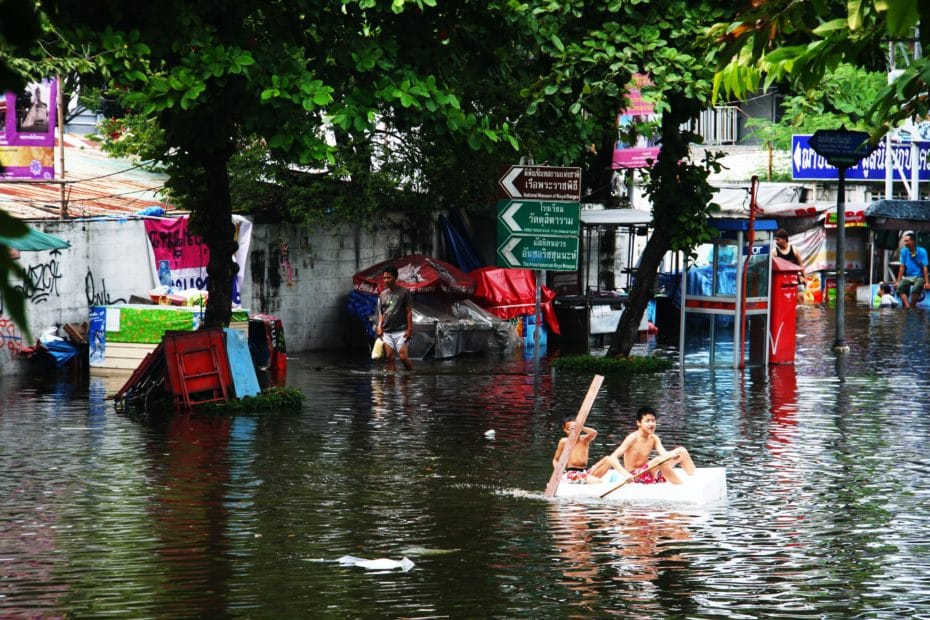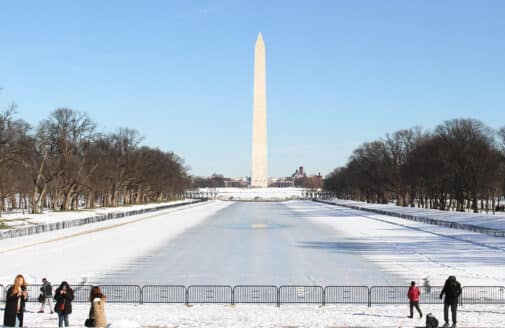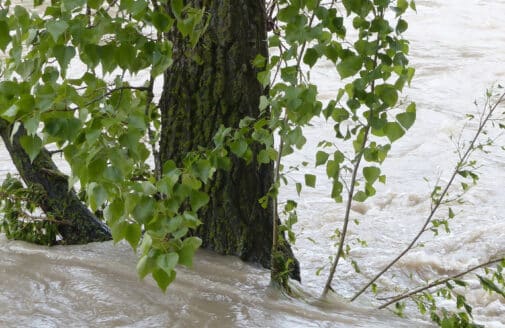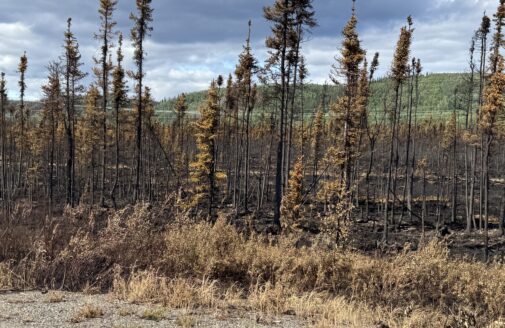“Stuck” weather regimes across Asia increase as Arctic warms, leading to more extreme weather
New publication in Nature Scientific Reports: Increased Persistence of Large-Scale Circulation Regimes over Asia in the Era of Amplified Arctic Warming, Past and Future

Long-lived weather conditions often lead to extreme events: think drought, heatwaves, cold spells, and prolonged rainy periods. Persistent weather patterns over Asia have occurred more often as the globe has warmed, particularly as the Arctic warmed much faster than elsewhere, according to this new research. And if we continue to stoke our atmosphere with greenhouse gases, model projections paint a clear picture of a future with greatly increased weather persistence and more frequent extreme events.
Asia has experienced more frequent destructive and disruptive extreme weather in recent decades. Many of those events arose from weather regimes that lingered over a region for days or even weeks, causing deadly heat waves, droughts, flooding, snowfalls, and cold spells. In this study, scientists measured persistence through a new approach that uses artificial intelligence to recognize large-scale atmospheric patterns and their associated extremes in temperature and precipitation. Long-duration weather events were identified as cases when the atmosphere over Asia stayed in the same pattern for more than three days in a row.
“By keeping track of the number of long-duration events each year, we saw which patterns were getting ‘stuck’ more or less often over time,” explained lead author Jennifer Francis, Senior Scientist at Woodwell Climate Research Center. “It turned out that long-duration events have become more frequent in patterns with a warmer-than-normal Arctic and much less often in those with a cold Arctic.”
If the globe and Arctic heat up further in the future owing to continued emissions of heat-trapping gases, these findings suggest that persistent weather regimes, along with the extreme temperatures and precipitation they create, will plague the Asian continent with increasing frequency.
“These high-impact events will wreak havoc on the Asian economy and lives of the over 4.5 billion people who live there,” Francis said. “To brighten this dark cloud, we must do everything in our power to reduce emissions of greenhouse gases, support technology to remove carbon from the atmosphere, and prepare for more extreme weather ahead.”
Authors:
- Jennifer A. Francis, Woodwell Climate Research Center, Falmouth, MA
- Natasa Skific, Department of Marine and Coastal Sciences, Rutgers University, New Brunswick, NJ
- Stephen J. Vavrus, Nelson Institute Center for Climatic Research, University of Wisconsin-Madison, WI







